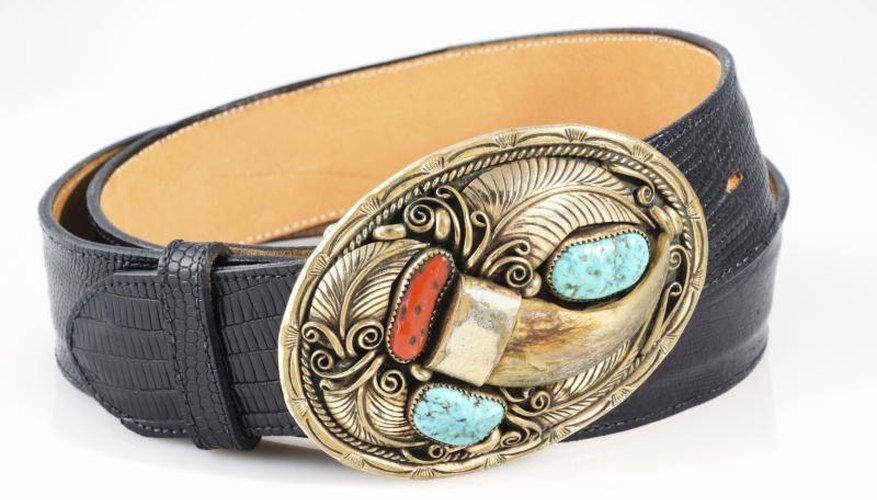
Bear claws are desired and valuable for jewelry, decorative and spiritual uses. The claws are naturally durable but several simple steps will make them shine and last for a lifetime. Preserving the claws is an easy process but working them into any creative form requires some thought and research.
Removing the Claw
Removing a bear claw is possible through several methods. The base of each claw is obvious through touch. Grasp the tip and slide your fingers down the claw until you feel a break at the knuckle. Use a pair of steel cutters or cut with a knife to separate the claw at the break. This will remove the claw from the paw. You may see some blood but it will be minimal and is unlikely to spill in any volume.
Cleaning the Claw
When the claw is free from the bear, it will retain some blood and hair. A clean claw is ideal for jewelry and practical use. You must be careful to clean the claw without weakening and damaging the physical properties that make it strong. Boil several cups of water in a pot. Place the claw in the pot for one minute to remove blood and hair. Do not leave the claw in the boiling water for long. Too much heat exposure will damage and fracture the claw. Use a razor blade to scrape away any additional hair.
Polishing the Claw
After you remove the hair and flesh, polish the claw for use. Bear claws have an exterior shell with an interior bone. Polishing requires a firm but delicate touch to make the claw shine without breaking the surface. Use a piece of 80 grain sand paper to remove any dirt and stain from the claw. Work the claw between the sand paper until it is smooth.
Preserving the Claw
Coat the smooth claw with clear nail polish and place it on top of several paper towels. Coat one side with a clear coat and allow the polish to dry for several hours. Turn the claw over and apply another coat of polish. Repeat one more time on each side. The nail polish provides a barrier against contact and preserves the claw.
Writer Bio
Zach Lazzari is a freelance outdoor writer specializing in hunting, fly fishing and the general outdoors. He guided fly fishing trips for 10 years in Colorado, Alaska, Montana and Patagonia-Chile. Zach lives in Montana and splits time between the river and keyboard.


